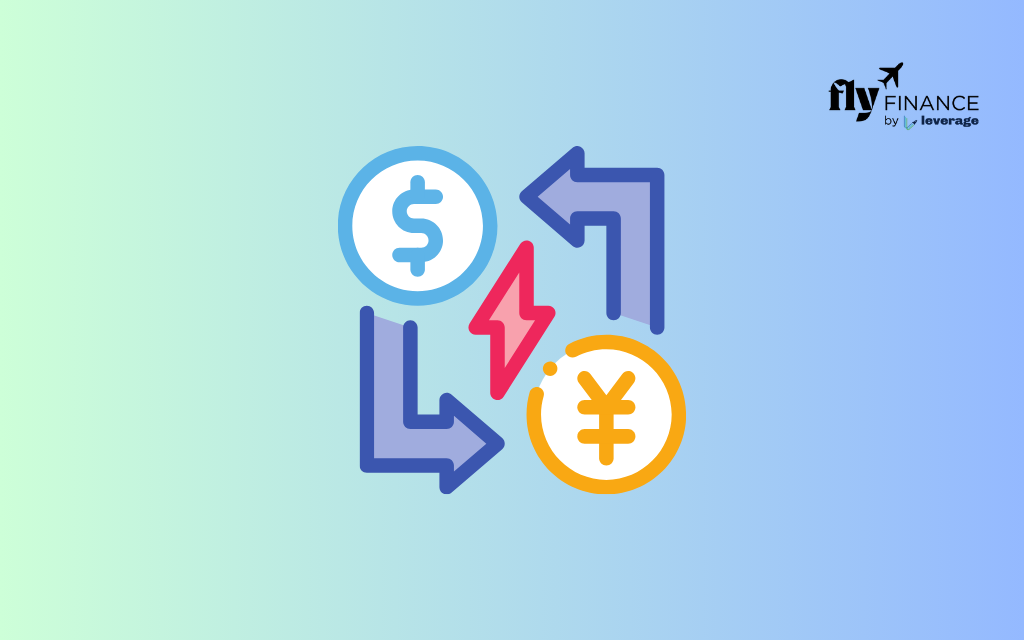Difference between SWIFT and SEPA: Studying abroad comes with various crucial things to do and understand. The most important thing is related to the financial system. International transfer is the most important and crucial thing required while studying in a foreign country. It involves various steps with several procedures to be followed. The goal here is to transfer international money with trustworthy banks and inexpensive channels.
There are various things that directly impact the transfer amount and process. The most common methods of transferring international money are SEPA and SWIFT. There is a slight difference between the two, but most of the people are unaware of the same. In this blog, let’s talk about SWIFT and SEPA in detail and differentiate the two.
Also Read: Documents Required For Solvency Certificate
Difference between SWIFT and SEPA
The major difference between SWIFT and SEPA is its scope of payment. SWIFT has the scope of transferring money across the globe while SEPA lacks in this. The other differences between SWIFT and SEPA are mentioned below.
| Aspect | SWIFT | SEPA |
| Currency | Multiple currencies | Euro only |
| Access | Global | European Union members only |
| Transactions | Across the Globe | SEPA Zone or Euro Zone |
| Compliance | International regulations and compliance standards | EU regulations only |
| Processing Time | 1-4 working days | 2-3 working days |
| Fees | Quite high because of currency conversion costs | Typically very nominal and low |
| Tracking Information | Limited information on transactions | Standardized information including IBAN and BIC |
| Settlement | Uses correspondent banks for settlement | Settlement through the European Central Bank |
| Payment Format | SWIFT message formats (MT messages) | ISO 20022 Credit Transfer |
| Account | No account is required only the SWIFT code or BIC required | International Bank Account Number (IBAN) is a must |
Understanding SWIFT
SWIFT stands for Society for Worldwide Interbank Financial Telecommunications and has been in service since 1970. It was introduced with the aim of inter-currency wire transfers and is connected to the SWIFT network allowing local banks and financial institutions. It provides a secure means of sending international money abroad.
SWIFT is the leading global messaging system between banks and other financial institutions. It does not hold any accounts or funds. The SWIFT messages do not carry funds. It basically connects financial and non-financial institutions. The funds generally remain in the bank account of the sender and receiver.
The goal is to transmit information and financial messages related to payments and international money transactions. It is a highly secure platform providing complete protection on each transaction. The SWIFT transfers are also known as ‘Non-SEPA Zone Transfers’. To simplify the meaning of SWIFT, It allows to sending of single non-euro transfers across the globe. This means you can do international money transactions in several currencies across the globe. SWIFT is not a system of payment rather it provides a platform and standard to improve communication in financial transactions around the globe.
Understanding SEPA
SEPA stands for Single Europe Payment Area. The payment method is specifically for financial transactions only within Europe. Although, it was established in the 2000s but gained popularity very soon. SEPA operates only in euro currency. The countries which are part of the European Union and recognize the Euro as the currency is also known as the SEPA zone or Euro Zone.
For successful payment via SEPA, having a Euro account is mandatory. Generally, a payment via SEPA takes 10 seconds to 2 working days. The terms and conditions of SEPA are like domestic payments. The fees for transferring money under SEPA are very nominal. Any transaction to the bank that is not the part of Eurozone can’t be done via SEPA.
Also Read: A Comprehensive Guide To Track International Wire Transfer
Also Read: Best International Money Transfer Apps in 2023
FAQs
If you are doing transactions within Europe, then SEPA is the right choice. Otherwise to transfer money across the globe, SWIFT is the better option.
No, SWIFT only transfers funds that too without creating an account.
Yes, you can reverse the transaction within two business days from the settlement date.
Irrespective of their differences, both transfer methods are secure and reliable to use. Be wise while choosing the mode of transfer and always try to cross-check the conversion rates and transaction fees with your bank or financial institution.
To know more about international money transfers, the best international bank accounts for students, forex and banking experience for global students, or international money transfers, reach out to our experts at 1800572126 to help ease your study abroad experience. Follow our social media handles on Twitter, LinkedIn and Instagram.





























